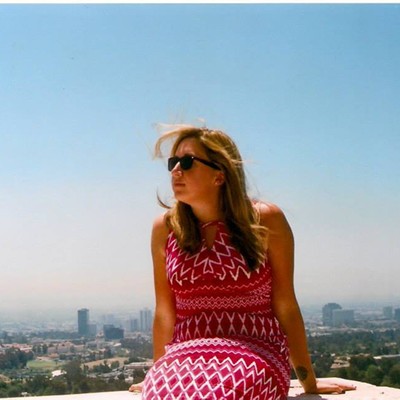The most difficult aspect of Occupy Denver's future fictional art collection is that, while rabid connoisseurs have gathered both trivial and weighty mementos of Occupy Wall Street, here the police have taken on that task -- all the way to a Public Works truck. Through weeks of enforcing the city's ordinance against encumbrances to public walkways, police officers and Public Works officials have safeguarded public safety while also collecting and disposing of many of the items that New Yorkers are currently storing for generations to come. At the same time, many of Occupy Denver's best relics are still in state custody after its original eviction on October 14.
Assuming everything that has been lost can be found, here is our ideal list for the city's hypothetical entry into the (art) history books:
5. A Thunderdome sign In the early days -- a phrase that sounds odd only three months in to the movement -- Occupy Denver's public presence in Lincoln Park depended almost entirely upon the Thunderdome, the kitchen that went up even before tents. The original altercations between police and protesters came as a direct result of its presence on first state and then city property. (Give them their Thunderdome, or give them death.) Though it hasn't returned to the area in a physical role for more than a month, the group's kitchen tent remains a well-used symbol. Created from a Sharpie and various found writing surfaces more than six times in the period of one month, early Thunderdome signs could become a key collectors' item.Corey Donahue Probable Cause statement 10-14 4. The original statements of probable cause When the arrests began on October 14, they came in strong. And occasionally, they came in ridiculous. After what he notoriously described as a "bad nut-tap joke gone wrong," protester Corey Donahue was charged with unlawful sexual conduct during his second occupy-related arrest. The brief life of the occupation has seen more than 100 arrests to date, and the stories behind them -- sometimes rewarding, sometimes just baffling -- provide a way to briefly explore the trials, tribulations and criminal stipulations of a movement that helped Denver earn the title of the Angriest City in America.
3. Daniel Garcia's car horn The story of University of Denver law student Daniel Garcia's arrest for "two or three honks" in support of the occupation provided much of the backing for an eventual (and later unsuccessful) request for a federal injunction against the City and County of Denver for its allegedly selective enforcement of minor city ordinances. His was the face that launched 1,000 outraged gasps -- and uncovered hundreds of shocking text massages from police officers against the occupation. While the ACLU is still keeping an eye out for evidence of rights violations at the local movement, David Lane's attempt at a federal injunction remains the most active attempt to extract legal vengeance on behalf of Occupy Denver. 2. The wearable protest tent This was a good look. When tents were still a consistent consideration, a handful of occupiers took to the sidewalks of Broadway with a fashionable and mocking accessory: If they couldn't erect a tent, they would at least wear one. As long as the only things touching the ground were the two feet poking out of the bottom, protesters could air their grievances and air out their tents as often as they liked without police reinforcement. Although this particular outfit's whereabouts are currently unknown, it has since sparked a fashion line of other tents. 1. A lock of Shelby's fur And then there was one. Despite the fact that she is not technically even from Denver, this three-and-a-half-year-old Border collie singlehandedly earned Occupy Denver its largest and most diverse stream of national recognition. In her role as the local chapter's elected leader, Shelby rated NPR airwaves, Rachel Maddow airtime and a post on Gawker as outlets across the country tried to analyze the decision. And perhaps the fame has gone to her head: In recent weeks, the four-pawed activist has strayed from Civic Center Park.More from our Occupy Denver archives: "Occupy Denver: The injuries and memories behind three months covering the movement."











